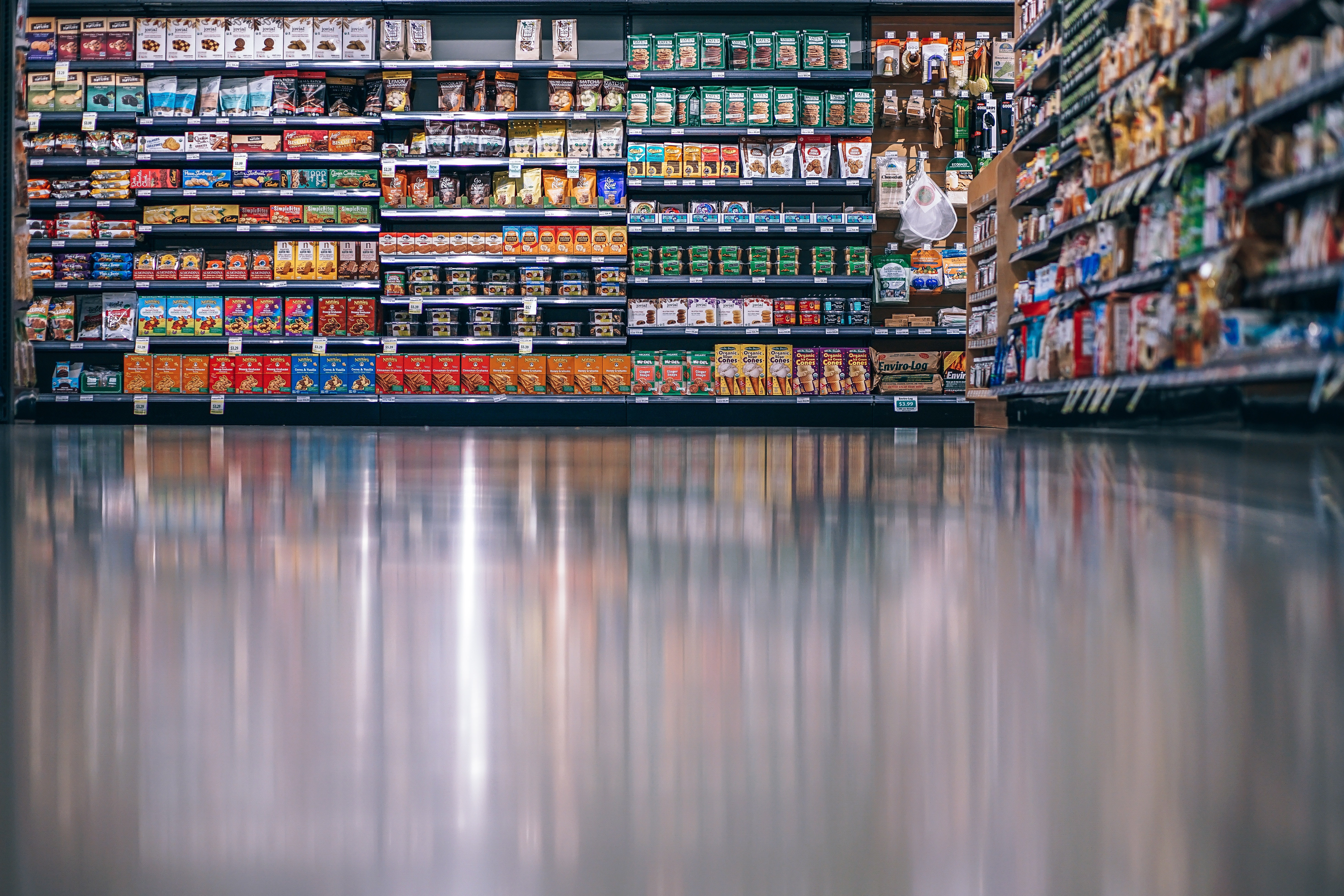An aging population and growing health concerns, including simply adopting a healthier lifestyle, are pushing the nutritional supplement market toward more growth. Consumers are busier than ever, and looking to easy ways to add better nutrition to their diets in the form of proteins, herbs, fatty acids, vitamins and energy supplements. The rise in lifestyle diseases, such as diabetes and obesity, are also ramping up sales.
The “North America Nutritional Supplement Market (2018-2023)” report from ResearchAndMarkets.com states that the nutritional supplement market was valued at USD 40.17 billion in 2017 and will experience a CAGR of 7.5% over the forecast period. North America is the second-largest market in the global nutritional supplements market after the Asia-Pacific.
The rise in demand for these types of products presents the opportunity for both product and package innovation.
Perfecting the Nutritional Supplement Package Design
Scour the nutritional supplement aisles and you’ll notice an uptick in pouches lining the shelves where the PET (polyethylene terephthalate) jug or bottle once reigned. Why? Pouches pack in a lot of benefits for packagers, consumers, and retailers alike. Not only are they taking up less prized shelf space, but they also have a slew of other benefits that we’re going to dive into.
First things first, pouches keep the product fresh.
The key to packaging nutritional supplements is maintaining potency and long shelf life. In order to do this, supplements and nutraceuticals have special packaging requirements, such as:
- a dry environment
- airtight closures
- protection from humidity and light.
Enter the pouch. Pouches deliver barrier properties to keep the product inside safe from odors, and vapors and can be equipped with a tight seal. What’s more is that the availability of dark colors enables the packaging to be opaque, reducing exposure to light.
Supplement Package Features You Can’t Ignore
In addition to ensuring product freshness, a great package should communicate what the product is, how to use it, be tamper-evident, and when necessary, be childproof.
Package add-ons like a scoop or dispensing closure, help consumers engage with the brand and assist in the package standing out from the competition. The ability to add spouts, sliders and sliding zippers, resealable and press to close zippers or simple tear-notches offers cost-effective flexibility that sets flexible packaging apart from other forms of packaging.
Packaging Developed for Convenience On & Off the Shelf
Digital flexible packaging also delivers a strong shelf presence. Because of their slim design, pouches allow for maximum shelf space, generally fitting more product on the shelf than a rigid package. With more on the shelf, restock becomes less frequent. What’s more, pouches’ unbreakable and lightweight properties mean that they’re easier to ship, handle, store and restock with no risk of breaking the containers.
Consumers benefit from these attributes as well, as pouches take up less space at home, in the pantry, in the car, in a backpack, briefcase or purse. Pouches are easy to travel with to the gym, school or work and they’re easy to open and reclose.
To further feed the convenience that consumers crave, consumer-packaged goods companies are offering products in multiple sizes and formats: a large multiple-serving pouch for home use, and single-serve, pre-measured pouches for on-the-go consumption. These easily fit in the consumers’ pocket or bag, are easy to throw away, and they remove the effort of measuring.
Considering E-Commerce, Design & Sustainability
It’s no secret that consumers are buying more and more online. The grocery market, including fresh foods and supplements, is only growing as more consumers opt to shop from the comfort of their home.
In fact, according to Rakuten Intelligence, online vitamin and supplement sales are increasing 12% faster than the e-commerce average. Seventy-seven percent of vitamin and supplement sales are made through Amazon alone. With more and more sales coming from online, packagers must consider how their package is portrayed on a screen as well as on a shelf.
Whether purchased online or in store, a product’s packaging must stand out from the competition. The design should be eye-catching, informative and interesting. Digital package printing on a flexible package allows for 360 degrees of high-quality graphics, colors, and design. That means more room for supplement manufacturers to include nutritional information, branding, high impact colors, QR codes, and to share the company story.
Finally, packagers of any product are looking at sustainability as they make package material and process decisions. Consumers are aware, too, of how packaging plays a role in the conservation of resources. Nutritional supplements in pouches deliver the flexible packaging benefits of less waste, both in the disposal of the container and the production of the package. For more information on the sustainable benefits of flexible packaging, go here.
How Small to Medium Sized Supplement Businesses Can Stand Out
As more health concerns arise across all generations, and consumers look to make healthy and balanced nutrition a part of their routine, the supplement market will only grow. With this growth comes much opportunity to deliver more innovation to consumers, all while being cost-effective and maintaining a low inventory. How?
The manufacturing of flexible packaging uses less energy and fewer materials than pill bottles, blister packs and rigid containers, which makes them less expensive to produce, transport and store. Not only that, but digital printing enables small to medium-sized organizations to compete with large, more established organizations as short runs can be printed cost-effectively, as there are no plates or over-runs for inventory.


